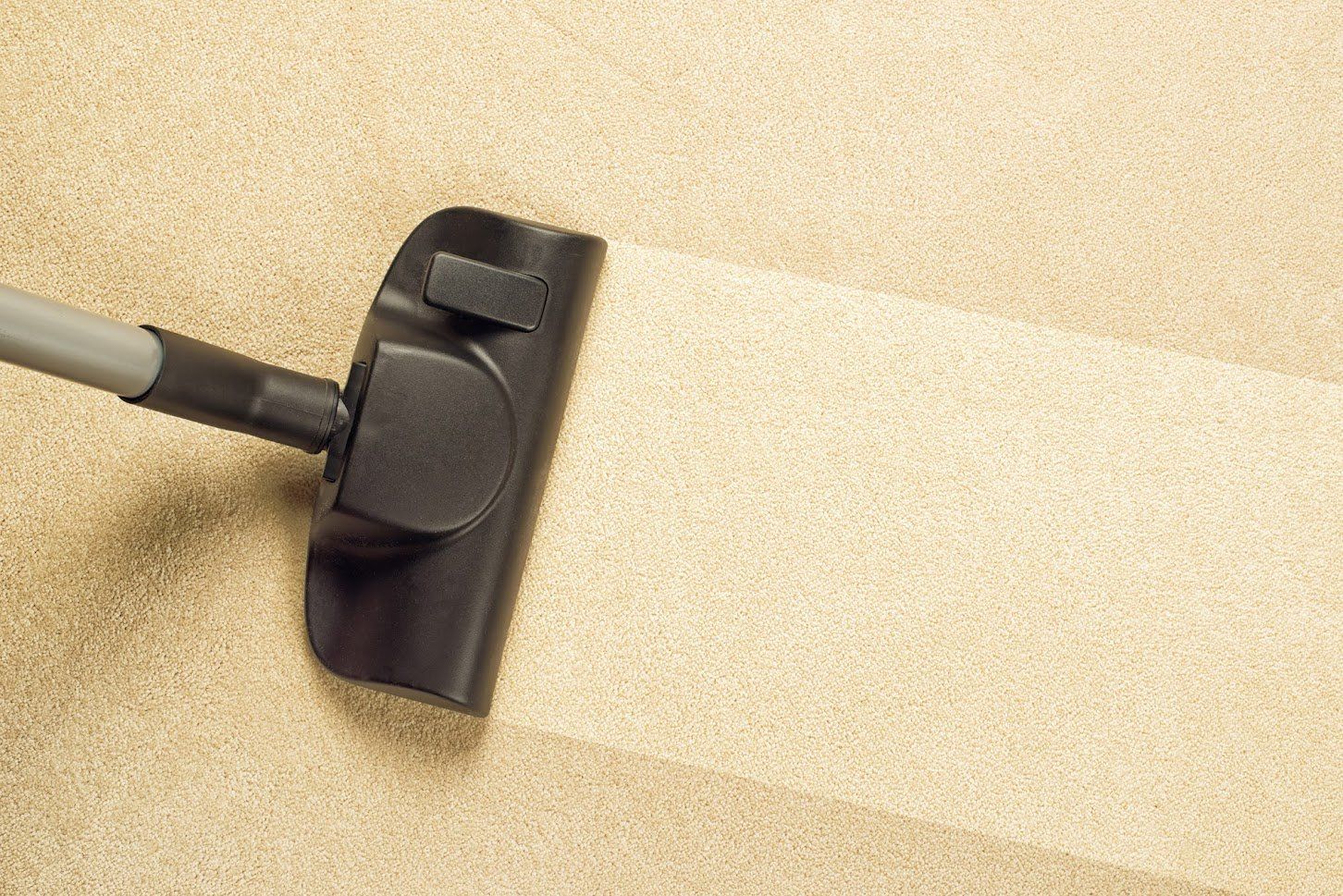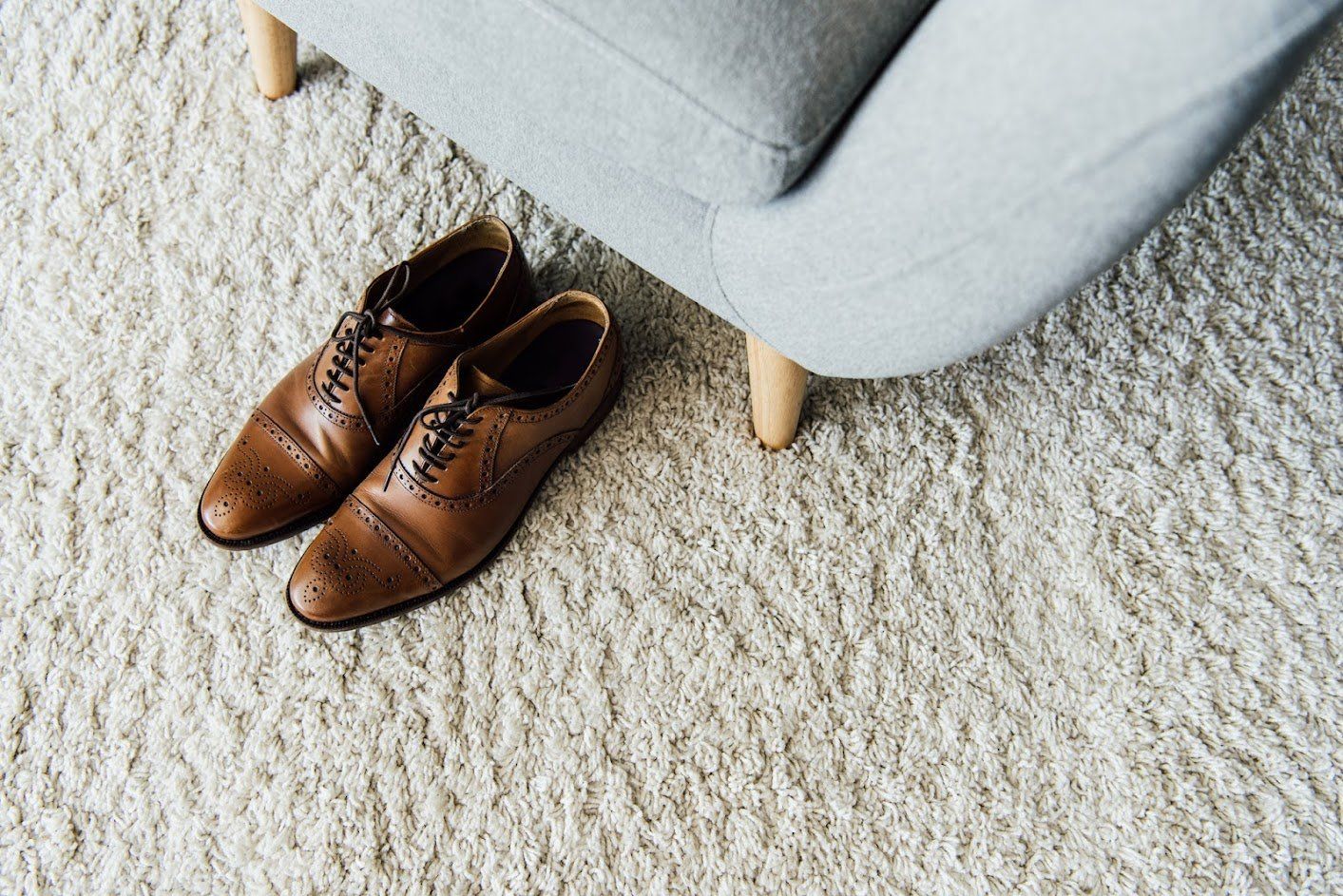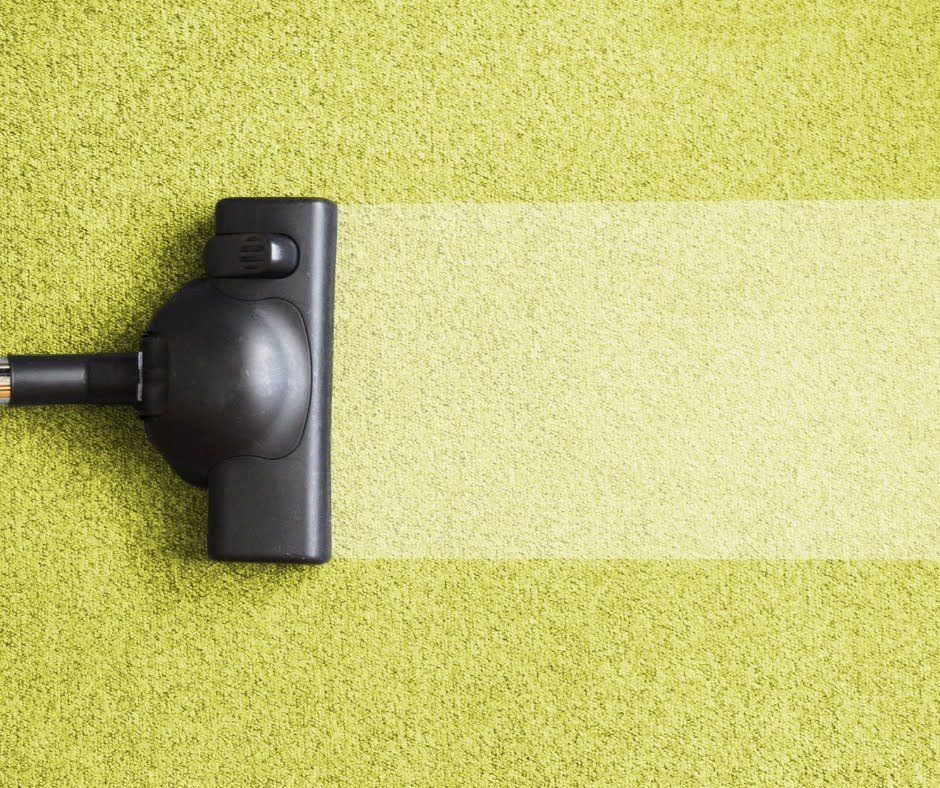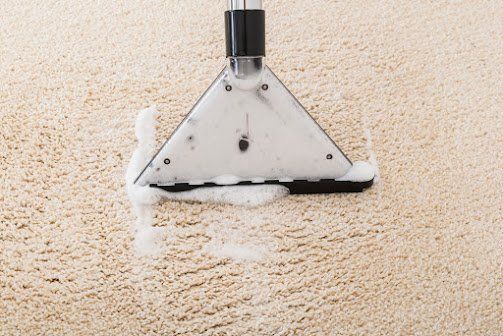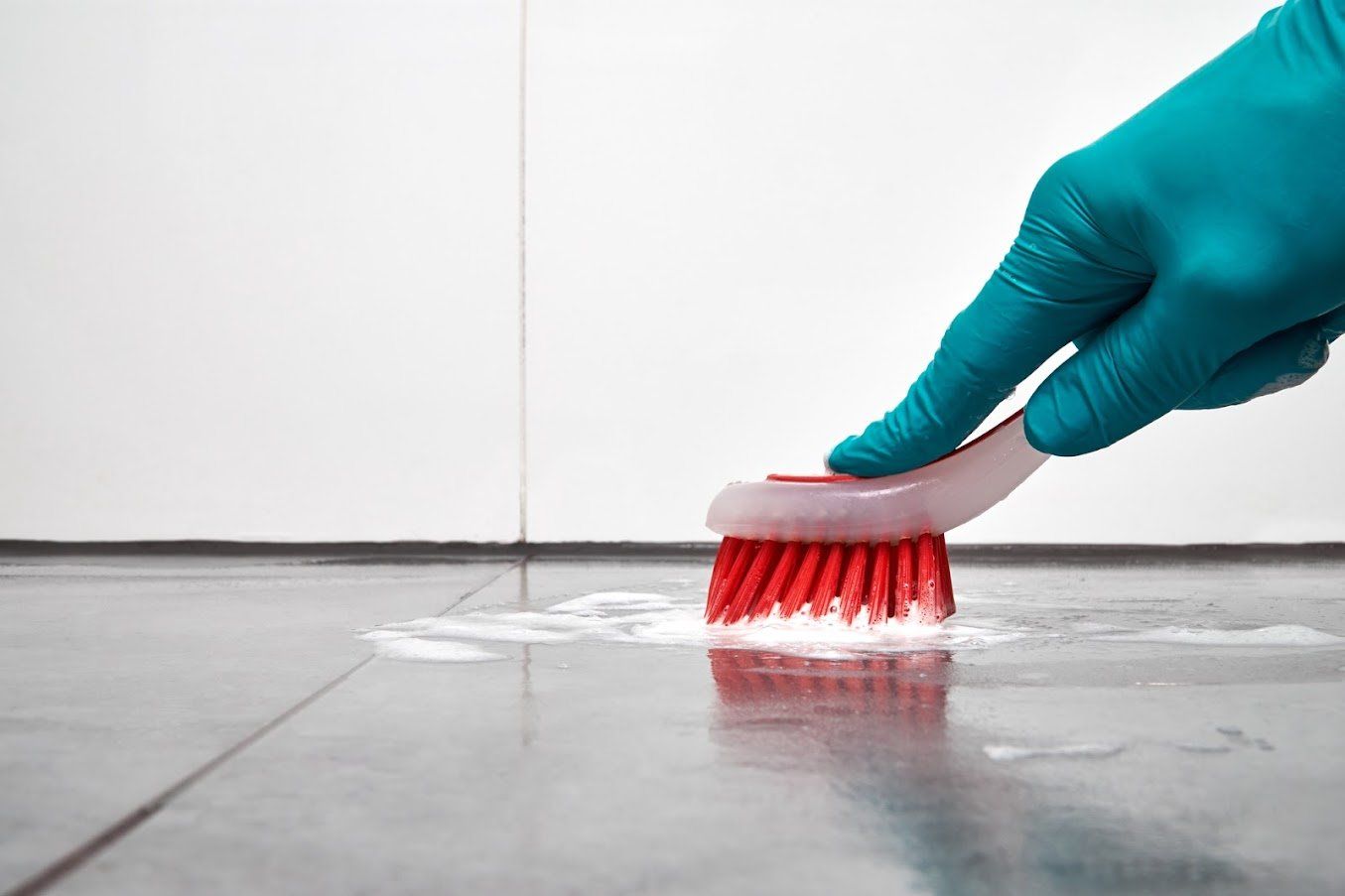What You Should Know About Carpet Beetles and How to Get Rid of Them
Admin • May 16, 2017
Carpet beetles area common pest in the United States,and as their name indicates, they can do tremendous damage to rugs and carpeting. However, their onslaught doesn't end there,as they can also harm any other object made from animal-based products. In addition,carpet beetles are the source of an irritating skin condition in susceptible individuals. That is why controlling this pest is important to the well-being of your home and your own health. Below you'll find more information about carpet beetles, why they are harmful,and what you can do to remove these bugs from your home.
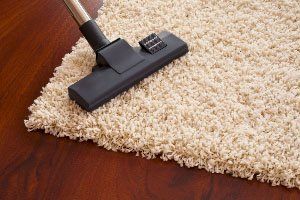
What Are Carpet Beetles?
Carpet beetles are actually a broader group of several insect species,all of which have similar behavioral characteristics. Included in this group are varied carpet beetles and furniture carpet beetles, which have mottled, multicolored bodies often, white,and brown.
However, the most common carpet beetle in the United States is the black carpet beetle. As you may suspect, it is a solid black insect with a smooth, hard outer shell.
All adult carpet beetles spend their time outside searching for nectar to eat, flying from flower to flower. This feeding trait makes the adult carpet beetle a contributor in the pollination off lowering species. Despite their vegetarian interests as adults,carpet beetle larvae like to consume foods with animal origins.
In fact,carpet beetle larvae hatch from eggs in the midst of such foods. Female carpet beetles lay their eggs in spaces where animal-based foods, such as fur, skin, silk,and bone,are abundant. For example, the deepest recesses beneath carpets and rugs are attractive nesting sites.
As the larvae grow, they voraciously eat through surrounding materials and can cause tremendous damage to carpets, rugs, leather, book bindings, garments, furniture coverings, mounted animals,and drapes.
Simultaneously, the growing larvae also shed their skins multiple times during this phase. The process of eating and molting continues for well over 100 days in black carpet beetles and much longer in varied carpet beetles.
How Can Carpet Beetles Cause Harm to People?
Besides the obvious threat posed by carpet beetles, which could cost a homeowner thousands of dollars in damage to furnishings and possessions,carpet beetles are also capable of inducing a condition known as contact dermatitis in sensitive individuals.
This condition causes severe skin irritation, resulting in itching and burning. It occurs when the fine hairs of carpet beetle larvae and adults lightly penetrate the skin of affected people. The pain and irritation caused by contact dermatitis is akin to that experienced by bed bug bite sufferers, though carpet beetles are incapable of biting humans.
How Should Carpet Beetle Infestations Be Addressed?
There are several tactics that homeowners can take against a carpet beetle infestation, including the following.
Preventative Cleaning
One of the most effective things that homeowners can do is clean products that are easy targets of carpet beetles. Deep,consistent vacuuming of carpets and rugs will remove adult beetles,eggs,and larvae that may be lurking deep beneath the fibers.
It may be necessary to obtain the services of a professional to properly clean rugs and other fabrics. Regular dry cleaning of fabrics is also helpful in preventing carpet beetles from gaining a foothold.
Proper Storage
Another tactic that can help keep carpet beetles from causing widespread destruction is to store vulnerable items in sealed containers. For example, keep woolen items in plastic totes with tight-fitting lids.
Professional Pest Control
Though pesticides can be effective against carpet beetle infestations, this method should be considered primarily as a last resort. It's better to use preventative measures as much as possible, but if you are unable to stop carpet beetles from invading your turf, then contact a qualified pest control technician for help. Avoid using "do-it-yourself" solutions that can cause damage to your rugs, carpets, and other fabrics or make you sick due to exposure.
Remember, although carpet beetles are common, they are easy to eliminate. Use the tips above to rid your home of carpet beetles any time you notice their presence.





